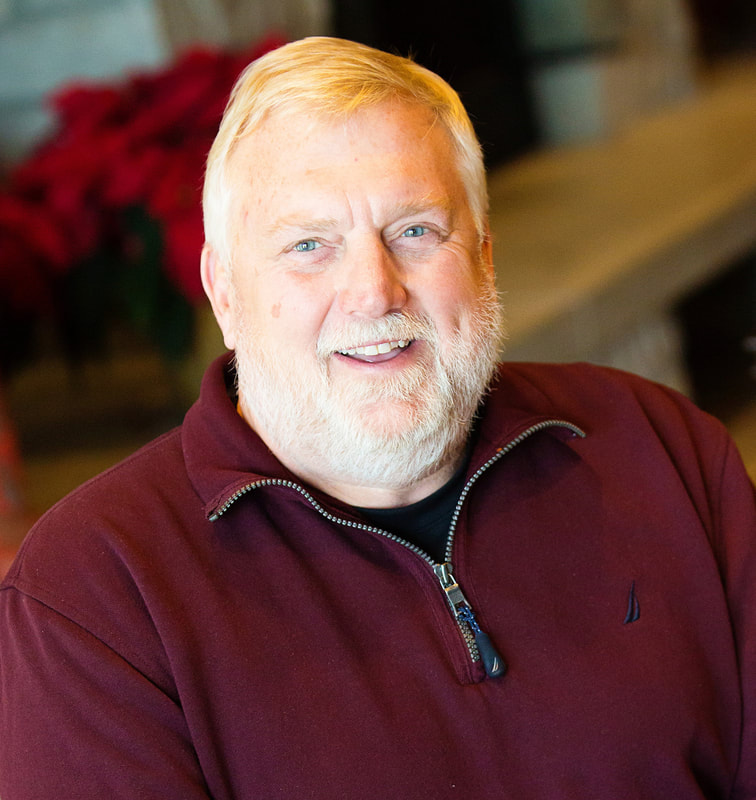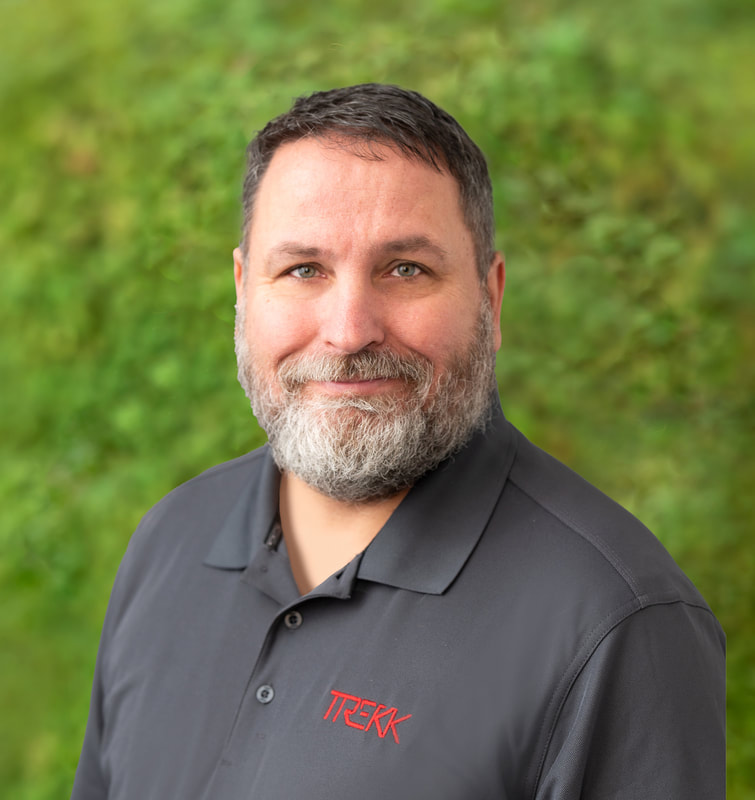|
Michael Klasing, PLS, is the Survey Service Lead and oversees TREKK’s survey service line, which delivers
traditional survey, mobile, static and aerial LiDAR surveys, and photogrammetry services. He helps TREKK’s surveying teams in Kansas City, Columbia and Omaha deliver quality survey projects to both external and internal clients by setting project priorities and assisting with scheduling, high-level project coordination, QA/QC and project delivery strategies. He brings more than 28 years of experience in land surveying, with experience in both leadership and project management across multiple project types. His notable airport survey experience includes Springfield/Branson National Airport, Lamar Municipal Airport and Kansas City International Airport. Don Seals is the Survey/LiDAR manager for TREKK company-wide acquisitions with direct responsibility
for nationwide mobile LiDAR services. Don has 15 years of land surveying experience on multiple large- and small-scale LiDAR surveying projects using static and sUAS technologies. |
Quality Data & Alternate Approaches
Thursday, January 11, 2024, 3:30 - 5:30 p.m.
Using the right tool, at the right time, in the right conditions is always a surveyors goal to quality data. More than not, these conditions do not always mesh. This presentation will highlight several projects showing alternative approaches using surveying best practices, redundancy in collection, and QA/QC tools for project success.
Airport Surveys: Making High Tech Methods Work for You
Friday, January 12, 2024, 8:00 - 9:50 a.m.
It is important that airport operations maintain as close to normal operations as possible during planning for construction or FAA compliance inventory. This means obtaining survey engineering design grade data as unobtrusively as possible. LIDAR acquisition for topo of airport runways, taxiways, aprons and facilities can be obtain as easily as following the ops vehicle down the runway when performing routine scheduled inspections. It also includes the ability to “survey at the desktop” with additional mining of data without revisits to the field causing additional interruption. This presentation will show how LiDAR survey technologies have provided benefits to airports across the Midwest.



